
The Lancia Borgo San Paolo Plant was the first manufacturing plant of Italian automobile company Lancia. The plant manufactured Lancia's first vehicle models, and housed the company's central offices for more than five decades.

The Lancia Borgo San Paolo Plant was the first manufacturing plant of Italian automobile company Lancia. The plant manufactured Lancia's first vehicle models, and housed the company's central offices for more than five decades.
The Borgo San Paolo Plant was first built in Turin, Italy, on what is now known as Via Lancia (or Lancia Street), in 1911. The early plant was divided as separate machine tool shop, assembly, and engine departments, and was unable to achieve competitively high levels of production (production grew from 131 vehicles in 1908 to just 258 in 1910). [1]
Between 1932 and 1934, the plant added new subdivisions, including the 66,000 square-meter Via Monginevro. However, the plant was heavily bombarded during World War II. [2]
Lancia was acquired by Fiat in 1969, leading to the progressive dismantling of the Borgo San Paolo Plant. [3]
Giorgio Bàrberi Squarotti was an Italian academic, literary critic and poet. He taught at the University of Turin from 1967 until his death in 2017. He was considered to be one of the most important literary critics of his time.

Giuseppe Meda, originally Giuseppe Lomazzo was an Italian painter, architect and hydraulics engineer.
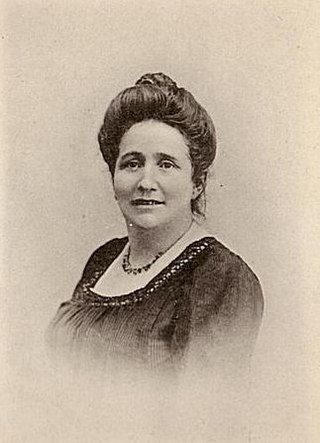
Ida Baccini (1850–1911) was an Italian writer for children. Baccini was editor-in-chief of Cordelia, a journal for girls published from 1884 to 1911.

Antonio Randa was an Italian painter of the classicist period, active in Ferrara, Modena, Rovigo, Florence, Comacchio and his native Bologna.
This bibliography on Church policies 1939–1945 includes mainly Italian publications relative to Pope Pius XII and Vatican policies during World War II. Two areas are missing and need separate bibliographies at a later date.
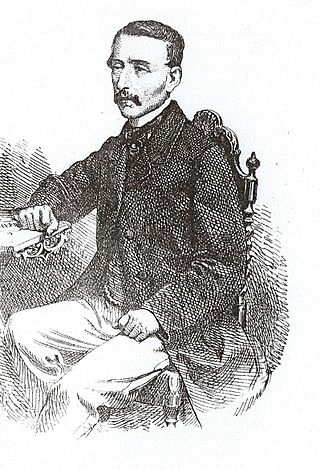
Carlo Ilarione Petitti count of Roreto was an Italian economist, academic, writer, counsellor of state, and senator of the Kingdom of Sardinia. He is seen as a prominent figure in the Italian Risorgimento.
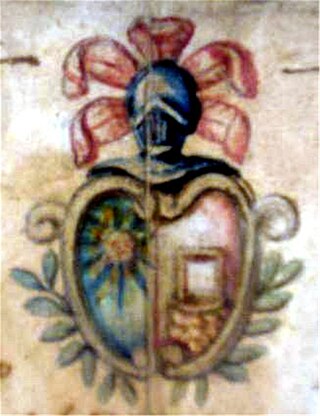
Pozzo Ardizzi surname comes from the city of Vigevano province of Pavia, Italy, which was formed around the middle of the fifteenth century from a branch of the family that is separated from the noble surname Ardizzi.
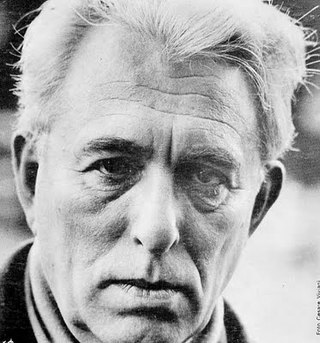
Franco Fortini was the pseudonym of Franco Lattes, an Italian poet, writer, translator, essayist, literary critic and Marxist intellectual.

Palazzo Lancia, also known as Grattacielo Lancia, is a high-rise building located in the northern Italian city of Turin. It was originally commissioned by Gianni Lancia, president and son of the founder of Italian automobile manufacturer Lancia, to serve as main headquarters for the company.
Salvatore De Renzi was an Italian physician and writer.
Francesco Maria Mirabella was an Italian historian, educator, and poet.

Conrad Malaspina, also known as L’Antico or The Old was an Italian nobleman who lived in the 12th century. There is no certainty about Conrad's birthdate but most historians agree that it is around 1180, his death date is also uncertain but it is speculated to be around July 1254. Conrad was the forefather of the "Spino Secco" branch of the Malaspina family. Conrad Malaspina's achievements were of fundamental importance for the way Italian territories were shaped. He had very close relationships with Emperor Frederick II as well as many intellectuals and political figures of the time.
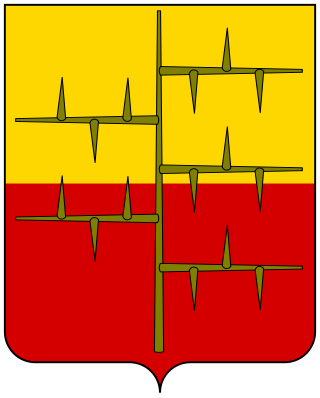
Corrado Malaspina, was an Italian nobleman and landowner.
Stellantis Heritage is a department established to protect and promote the historic legacy –both automotive and archival– of the Italian brands Alfa Romeo, Fiat, Lancia and Abarth. It was founded in Torino in 2015 to coordinate all the activities which, up to that moment, had been conducted individually by the brands to promote their historical and cultural heritage.

Owing to its importance as an industrial center, home to Fiat and several other industries engaged in war production, Turin, the regional capital of Piedmont, suffered over a hundred raids by the Allied air forces during World War II; the Piedmontese capital was thus among the most bombed cities in Northern Italy, suffering damage to about 40% of its housing stock, and over 2,000 victims among its population.

The Arese are a prominent family of the Milanese nobility.
Pier Ugo Gobbato was an Italian racing driver, engineer and general manager of Ferrari and Lancia.
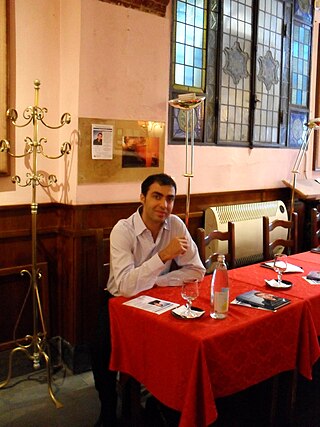
Menotti Augusto Serse Lerro is an Italian poet, writer, playwright, librettist and academic, born in Omignano, Salerno. His work explores matters of social alienation and existentialism, the physicality and vulnerability of the body, the interpretation of memories, the meaning of objects and the philosophical importance of human identity. In 2015 he published Donna Giovanna, l'ingannatrice di Salerno, an innovative feminine and bisexual version of the mythical figure of Don Juan, El Burlador de Sevilla, while in 2018 he wrote Il Dottor Faust, an original version of the character of Faust. In addition he is the author of a New Manifesto of Arts and the founder of the Empathic movement (Empathism) that arose in the South of Italy at the beginning of 2020.
Francesco Cesare Casula is a Sardinian historian from Italy.
Paolo Spriano was an Italian historian of the Italian labor and communist movement.